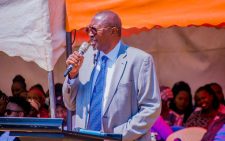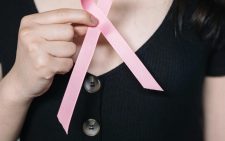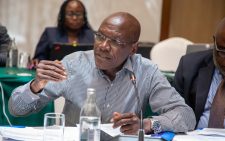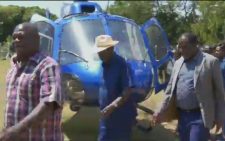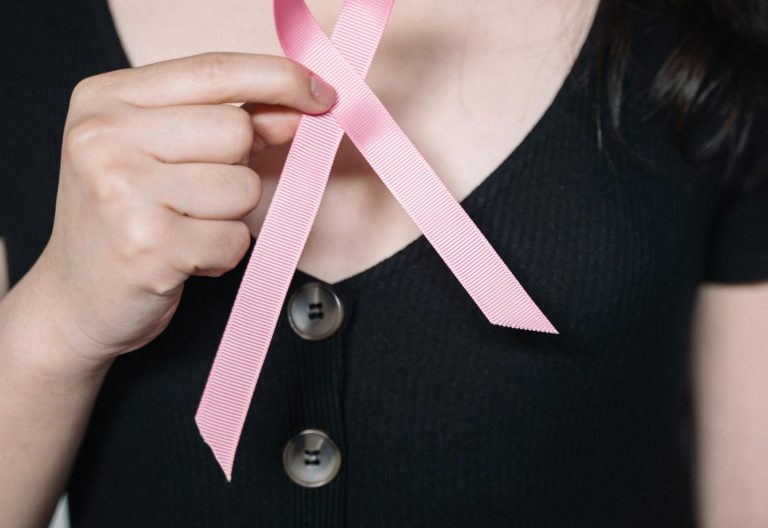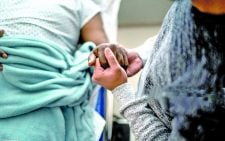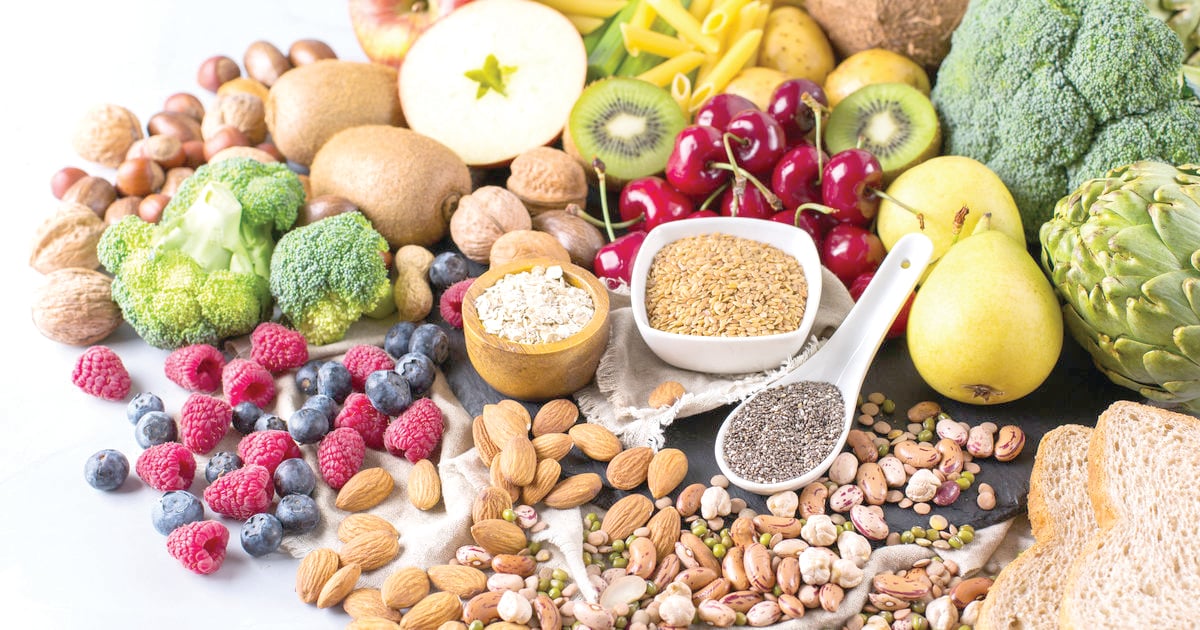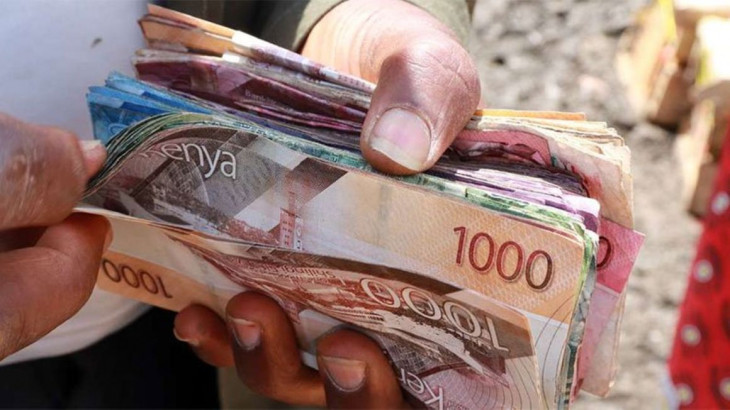Waterbody: Giving Lake Kanyaboli vital new lease of life
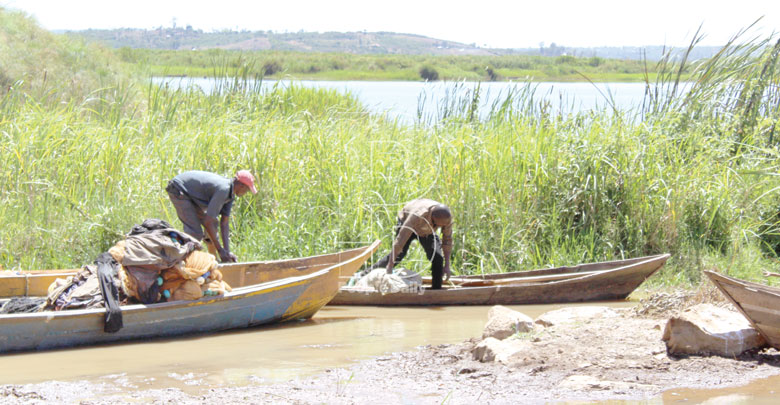
Fishermen are busy casting nets, eager fo a catch. Ahead of us is papyrus vegetation covering a huge swathe of the water body. Located at the northeastern corner of Lake Victoria is Lake Kanyaboli, a vital satellite lake in the region and the second-largest oxbow lake in Africa.
The name Kanyaboli, according to Oganga Richard Oyula, Siaya resident and curator of Lake Kanyaboli Museum, was derived from a fisherman from whom Nyaoko natives bought fish. When asked where they were headed, they would ‘Kanyaboli’, a name that was repeated until it stuck.
Lake Kanyaboli is a vital ecosystem that provides water, supports agriculture tourism and regulates global climate by acting as a carbon sink. It has also been depicted as a microcosm of Lake Victoria.
Not only is it deemed a ‘genetic reservoir’ (a reserve of species that could have been lost or not sampled) for Lake Victoria but also an Evolutionary Significant Unit (ESU)- a segment of a population considered distinct for purposes of conservation.
The lake offers significant habitat for refugee populations of certain fish species, which have otherwise disappeared from Lake Victoria.
Ornithologist and honorary warden, Ibrahim Onyango, says there are four types of tilapia in the lake, the whitish one being the most common. “Oreochromis niloticus, the scientific name for the white tilapia and the black one, known as oreochromis placidus, are the most common,” he adds. The swamp is also home to endangered fish species like catfish and lungfish, which have disappeared from Lake Victoria.
The Important Bird Area (IBA) status report 2004 says the Lake Kanyaboli ecosystem is a habitat with rare species of mammals and birds. Payrus endemic birds such as yellow and white-winged warbler, Gonolek, Canary, Caruthers, cistola and northern-brown throated weaver are amongst the endangered species of birds found here.
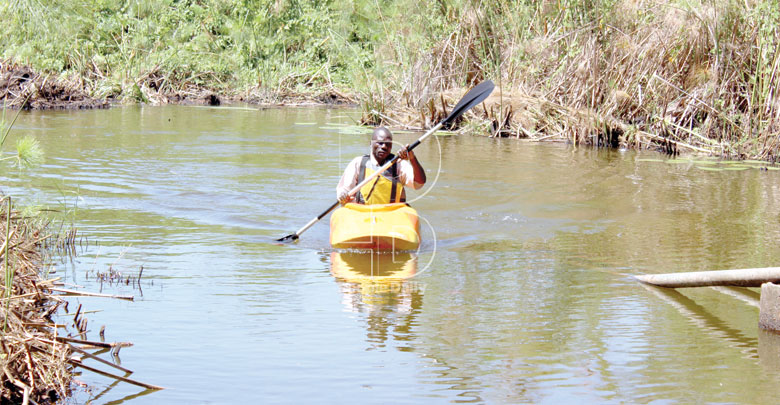
Others are the black crake, purple heron, malachite kingfisher, black-breasted bee-eater, the swamp flycatcher, the great snapper as well as the Baillon’s crake.
Natural Filter
Besides acting as a home to different species of animals, the lake is also a natural filter. Papyrus reeds collect water in rainy seasons, stabilising muddy soil, filtering pollutants and trapping sediment. This assists in keeping the waters of Lake Victoria clear, minimising soil erosion and reducing flood effects.
“River Yala is usually brown but after passing through the papyrus, it becomes clear. You can’t find water hyacinth here because the dissolved oxygen is very high. We did research last October and found out dissolved oxygen was 0.5 at the shore of Lake Victoria, which shows the water is harmful even for domestic purpose. Here at Kanyaboli, it is 46.7 per cent,” says Onyango.
In the past, both the Luo and Luhya communities used to hunt wild animals and birds within the wetland. Where Nzoia and Yala rivers enter Lake Victoria is concealed enough to allow hunters to set traps for hippos, wild pigs, Sitatunga antelope, and various birds using basket traps and cages. The herbaceous vegetation from marshes was traditionally harvested, with the clay used in the construction.
Michael Omondi, chairman of Lake Kanyaboli Ecosystem Project, says ignorance on the importance of conserving the lake is one of the greatest challenges affecting the community.
“People practise agriculture on its banks. While the papyrus reeds are useful for weaving, people burn them down to chase snakes, wild animals or harvest them,” he says.
In most cases, wetland fires burn the plant parts below the ground including the soil, consequently destroying it and weakening the value of the wetland.
“Burning increases risks of erosion. Some animals that were not able to escape, ended up being killed too,” he adds. Onyango also decries overfishing in the area being the only source of income for most families.
“With fishing, there is no need for the certificate provided one has the skill. Consequently, a majority of fisher people use the wrong gears. There are no alternative ways of making money and this creates pressure in the lake,” he adds.
Enter Dominion
The lake has also been affected by various projects by both local and international investors. Omondi singles out a project by the then Siaya county council and Dominion farms, which resulted in irresponsible use of water and destruction of the lake. Residents accused the firm of deforestation, poor upstream farming practices and pesticides use.
Father Ambrose Otieno, a resident of Siaya and founder chairman of Seeds of Peace (SOPA) International, has seen all the developments swamp has gone through and the effects left behind by Dominion.
“After the reclamation, the Lake Basin Development Authority left a bigger chunk of the swamp for the community to cultivate. It improved food security for the whole area. However, 15 years ago when the county council entered into an agreement with Dominion Farm, the effects have been devastating,” he says.
Not only did this threaten the rare sitatunga antelope and fish, but it also reduced the water volume as a result of the diversion, negative climatic conditions and poor oxygenation. Environmentalists in the region sounded the alarm when the water levels began to recede.
“In 2012, the lake was reducing and drying, and we wondered how we would live as a community because this water is our life. We involved the Water Resources Management Authority (Warma), the Ministry of Water, Lake Victoria South Services Board and National Environment Management Authority (Nema).
They reported back that an investor had blocked River Yala. An order was given to unblock it, and the lake’s water came back to its previous volume,” adds Omondi.
However, this was not the end of woes with Dominion Farm. The organisation started a multi-billion-shilling rice project and used chemicals for pest control, which ended up harming both the environment and residents. “They opted for aerial spraying.
When the aeroplane flew over the rice, people working in the fields got skin rashes and diseases. The aerial sprays even affected chicken and people’s home, yet the company did not compensate us,” says Father Otieno.
An NGO and other activists raised alarm, but it was not easy due to the influence Dominion founder, Calvin Burgess, had. But the firm denied claims of turning a deaf ear to the grievances of the community and that their company caused damage.
Besides employment, the company built a laboratory at Ratuoro Health centre, spent Sh1 million on school fees and repaired roads. It is said that, at its height, the farm produced 14 million kilos of rice, about 20 per cent of Kenya’s annual rice production.
“The investment did not create job opportunities, as it was not in accordance with the agreement made. What made it worse is the investor began planting sugarcane after getting a permit from the national sugarcane board on condition that out growers were involved. However, Burges began the industry without involving the out-growers, planted sugarcane within the swamp and processed it without community participation,” adds Omondi.
Dominion Farms left Yala before the expiry of its lease over what Burgess termed as the unfavorable business environment in the area. In August last year, the property of the multi-billion-shilling Dominion Farms in Siaya went under the hammer over Sh27.6 million debt. It also reportedly owes over 300 retrenched workers more than Sh350 million in salary arrears.
In an interview with a local newspaper, Burgess blamed local politicians for painting him as the antagonist in the whole affair. “There are some local leaders and NGOs who have decided to make the Dominion Farm look like the devil. As far as Dominion is concerned, the community cannot claim lack of participation as I involved their councillors in every step of the negotiation process until the final agreement,” he said.
Currently, efforts to conserve the lake and its environs are underway. There is the Kanyaboli Ecosystem Project established six years ago to conserve the lake and promote peace. “We are working with some government departments and non-governmental organisations to ensure that the community lives in harmony,” says Omondi.
Three years ago, SOPA International, together with the community and other NGOs organised the Lake Kanyaboli half-marathon to create awareness on conservation efforts of the Yala Swamp ecosystem. “We are focused on the conservation of Lake Kanyaboli and the whole Yala swamp by planting trees and sensitising communities on the importance of the lake and its conservation,” says Father Ambrose.
Paul Udoto, the head of communications at Kenya Wildlife Service, says restoration efforts include resource mapping and patrolling to deter poaching. “We engage with the local administration and other stakeholders to stop encroachment and interference of Lake Kanyaboli ecosystem,” Udoto says.
As conservation efforts are underway, a committee formed under the direction of county assembly speaker, George Okoye, recommended a comprehensive survey of the ecosystem to address arising issues facing residents and investors.

